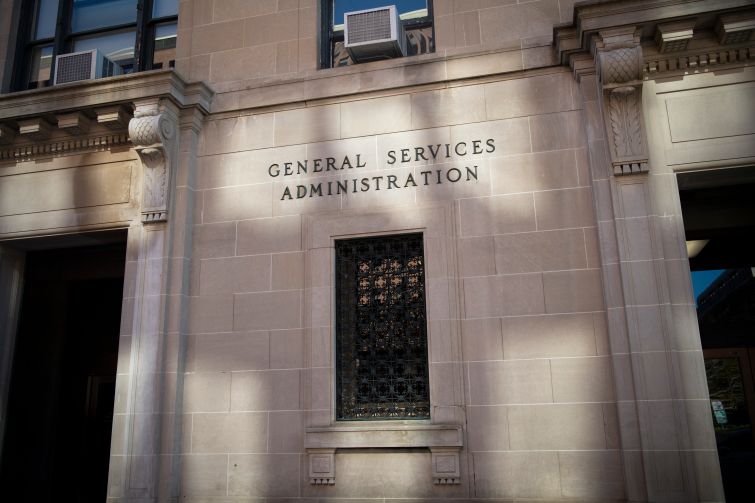Feds: We’ve Cut Millions of Square Feet of Office Space, and We’re Not Done
By Tom Acitelli October 19, 2023 11:31 am
reprints
The federal government has shed tens of millions of square feet of office space that it owned and leased in the past decade. The figure should rise in the next few years.
That is according to figures from the General Services Administration (GSA), the federal government’s manager for nonmilitary real estate.
The GSA has helped to reduce the footprint of tenant agencies housed in its office buildings by disposing of nearly 12 million owned square feet and reducing 14 million square feet of leased space since 2013, according to September testimony before the U.S. Senate from Nina Albert, then-commissioner of the GSA’s public buildings service. “With approximately half of the value of our leased portfolio expiring within the next five years, we can seize this opportunity — but only if we are able to make the necessary investments in our owned portfolio,” she told senators.
Albert’s testimony was part of a GSA effort to increase congressional funding for property repairs and consolidation. The agency’s fiscal year 2024 budget request includes $2.3 billion for capital improvements and $50 million for consolidating space.
Any money for further consolidation would likely be put to good use. The 4,108 soon-to-expire office leases that Albert cited in her testimony represent more than 83 million square feet — or about 30 Empire State Buildings. What’s more, the federal government as of September 2020 owned 12,670 vacant buildings and another 3,023 partially empty ones, according to a Congressional Research Service analysis.
The federal government, too, like many public and private organizations, has embraced a hybrid work schedule for many office-based employees. Observers see this as an opportune time, then, to shed that excess office space — some of which was surplus even before the pandemic turned workers remote in droves.
“This is a golden opportunity for government to reduce its footprint,” Deborah Collier, vice president of policy and government affairs with watchdog Citizens Against Government Waste, previously told Commercial Observer.
The GSA and other government entities, including the 7-year-old Public Buildings Reform Board, are conducting internal reviews of federal property. The idea behind such reviews is to find out what space can be ditched and how.
“As part of GSA’s ongoing efforts to rightsize the federal real estate footprint, we continue to work with agencies to evaluate their space needs and seize the opportunity to transform the federal real estate portfolio into one that is high-performing, more efficient, and less costly,” a GSA spokesperson said in an email to CO this week.
In many cases, such “rightsizing” involves selling entire properties, though that comes with myriad challenges, including local and state opposition — never mind opposition from the real estate industry and from leaders of both major political parties, who want more workers back more days of the week. Then there’s the lack of centralized data on Uncle Sam’s real estate.
“The most amazing thing to me is how little information the government has on its property,” Michael Capuano, a former Massachusetts congressman who’s on the Public Buildings Reform Board, told CO in early October.
The other major way the federal government might shrink its footprint — consolidating different parts of its workforce and not renewing leases — is also fraught. Simply put, some agencies don’t want to double up. They like their own space.
“One official said their leadership is reluctant to share headquarters space with other agencies because it could lower their perceived standing as a Cabinet-level agency,” according to congressional testimony in July from an official from the U.S. Government Accountability Office (GAO). At the start of 2023, the GAO surveyed 17 agencies about their space needs.
“Eight agency officials,” the survey found, “also ranked inner-agency silos as the first or second biggest challenge to increasing headquarters utilization.”
Tom Acitelli can be reached at tacitelli@commercialobserver.com.


